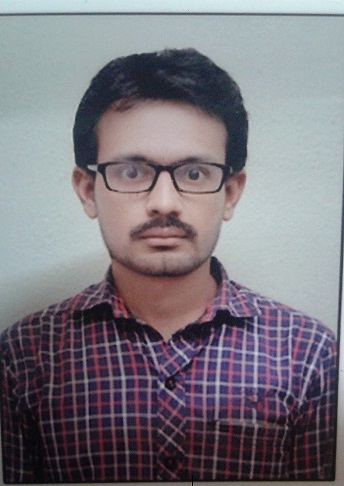Course abstract
Originally adopted in military networks as a means of ensuring secure communication when confronted with the threats of jamming and interception, spread spectrum systems are now the core of commercial applications such as mobile cellular and satellite communications. Over the years, the most successful implementation of spread spectrum communication in commercial world lies in CDMA 2000, WCDMA and UMTS, WLAN, Ultra Wideband Communications (UWB), Body Area Networks, and energy efficient future generation Millimeter Wave (mmWave) communications. The present course introduces basic principle of spread spectrum techniques, key concept of code designing supported by Galois field mathematics, understanding Jamming environment and interference handling mechanisms. The theoretical principles are tempered with their practical significance to cope up with the interest to both researchers and system designers. Learning is facilitated by streamlined derivations, tutorials, and assignments.
Course Instructor

Prof. Debarati Sen
Dr. Debarati Sen is presently an Assistant Professor at the G.S.S. School of Telecommunications, IIT Kharagpur since 2013. She, a National Doctoral Fellow, completed her PhD in Telecommunication Engineering from IIT, Kharagpur in 2010. During 2011-2012, she was a Postdoctoral Researcher with the Department of Signals and Systems, Chalmers University of Technology, Sweden. She was with Samsung Research, Bangalore, India, firstly as a Chief Engineer during 2009-2011 and then as a Senior Chief Engineer during 2012-2013. A university topper in her Master in Engineering, she possesses experience at different levels in different institutions/industries throughout her career. Her primary research interests are in the broad areas of Wireless Communications and Optical Communications, mostly, on 5G Communications, Millimeter Wave (mmWave) Communications, Large MIMO Systems, Cloud RAN, Short Range Communications, Green Communications, and Coherent Fiber Optical Communications. More specifically, in mmWave Communications, the focus is on energy efficient Radio Architecture and MAC protocol design, devising Beam-forming Algorithm, Performance and Coverage Analysis of Networks. In Large MIMO, she focuses on Synchronization and Channel Estimation, Joint Decoder Design, Cross Layer Optimization, Resource control issues in massive MIMO. Dr. Sen’s research projects are supported by a variety of Govt. organizations including MHRD, BEL, DeitY, and external collaborators like AIRBUS, Samsung, DAAD (Germany) etc. She has several granted and applied Patents to her credit and published extensively in International Journals and Conferences of repute. She is an editorial board member of two International Journals. Her professional involvement also includes: Member, Mentor Council for NCVT, Govt. of India; Chairing Technical Sessions and TPC membership of top tier IEEE Conferences; Reviewer of IEEE Journals and Conference papers; Delivering invited lectures in academia/industry. She received Best Paper Award at Samsung Tech. Conference 2010, IEI Young Engineers Award 2010, Award of Excellence by Samsung Research, Bangalore in 2010, IETE N.V.G. Memorial Award 2013, DAAD-IIT Faculty Exchange Fellowship 2014 etc. She is a member of IEEE.More info
Teaching Assistant(s)
Course Duration : Jan-Apr 2017
View Course
Enrollment : 01-Jan-2017 to 23-Jan-2017
Exam registration : 15-Feb-2017 to 27-Mar-2017
Exam Date : 23-Apr-2017
Enrolled
1576
Registered
14
Certificate Eligible
6
Certified Category Count
Gold
0
Silver
0
Elite
3
Successfully completed
3
Participation
5
Enrollment Statistics
Total Enrollment: -1
Registration Statistics
Total Registration : 16
Feedback Videos
Exam score
Final score



.jpg)
.jpg)
.jpg)
